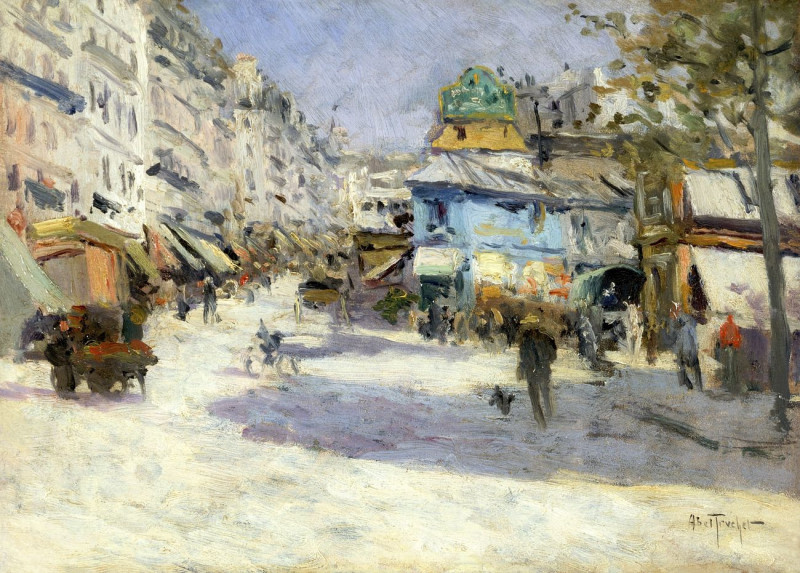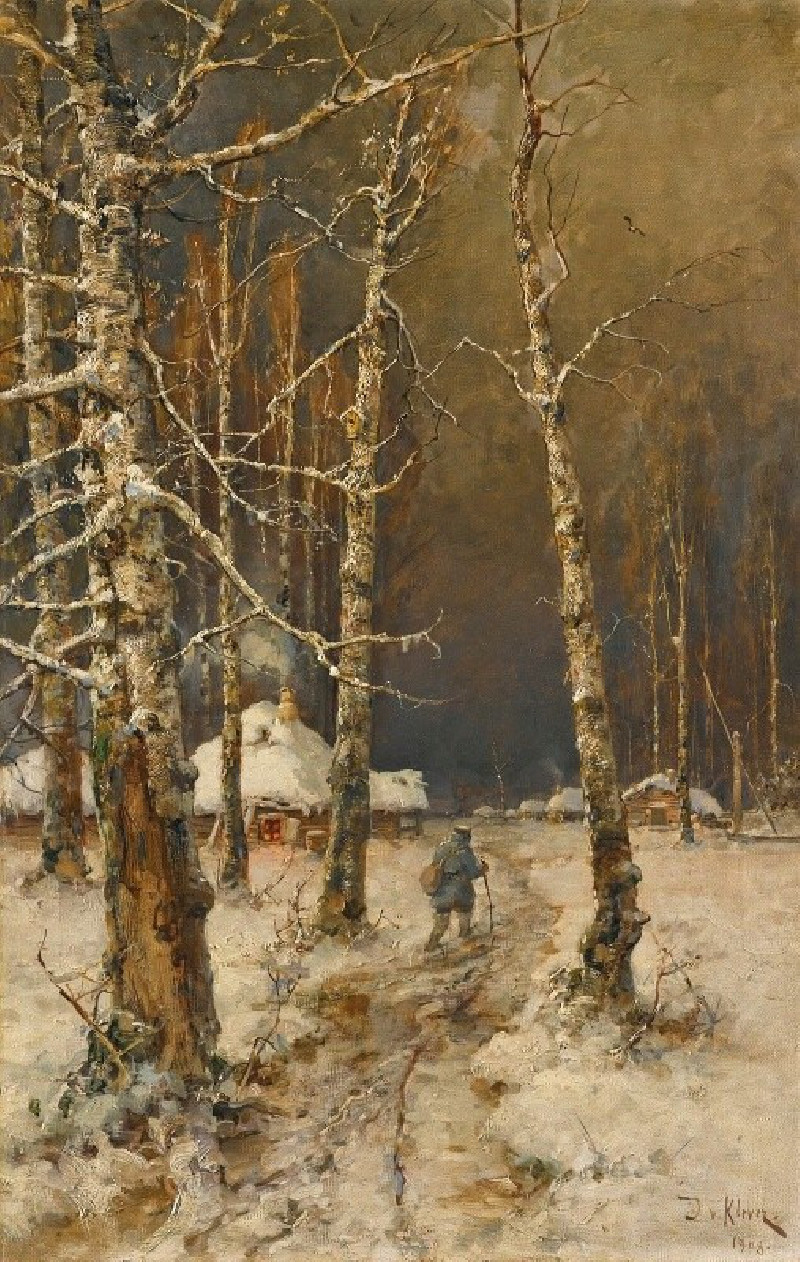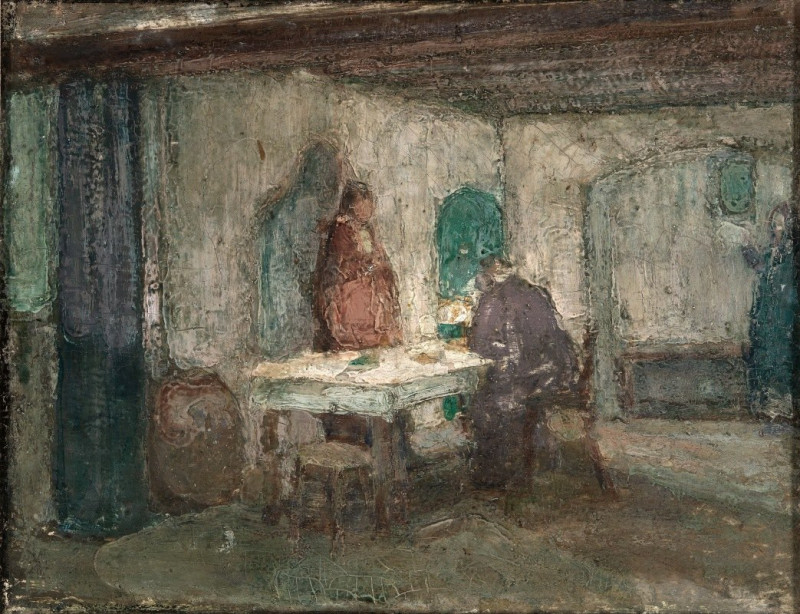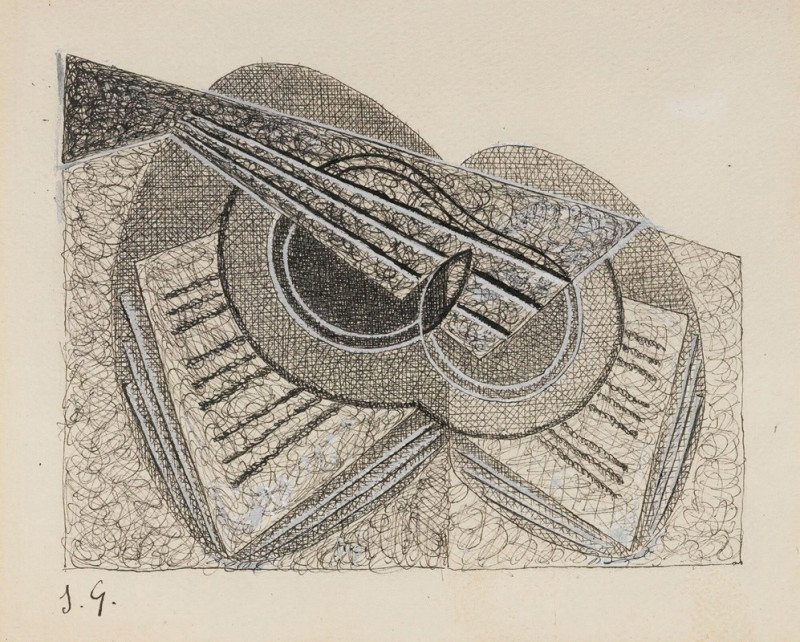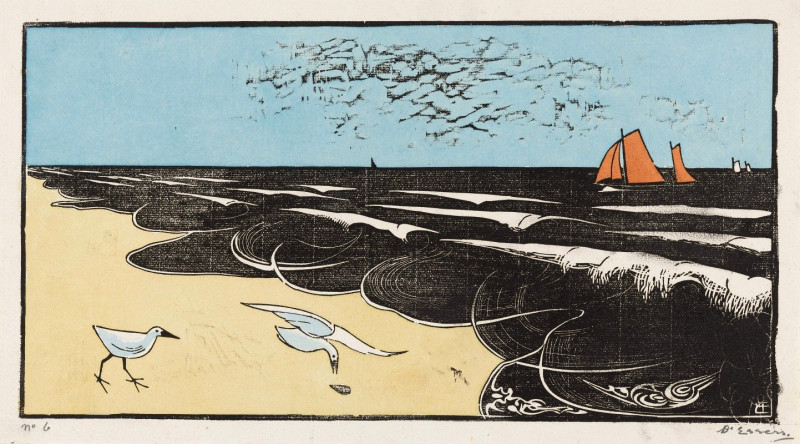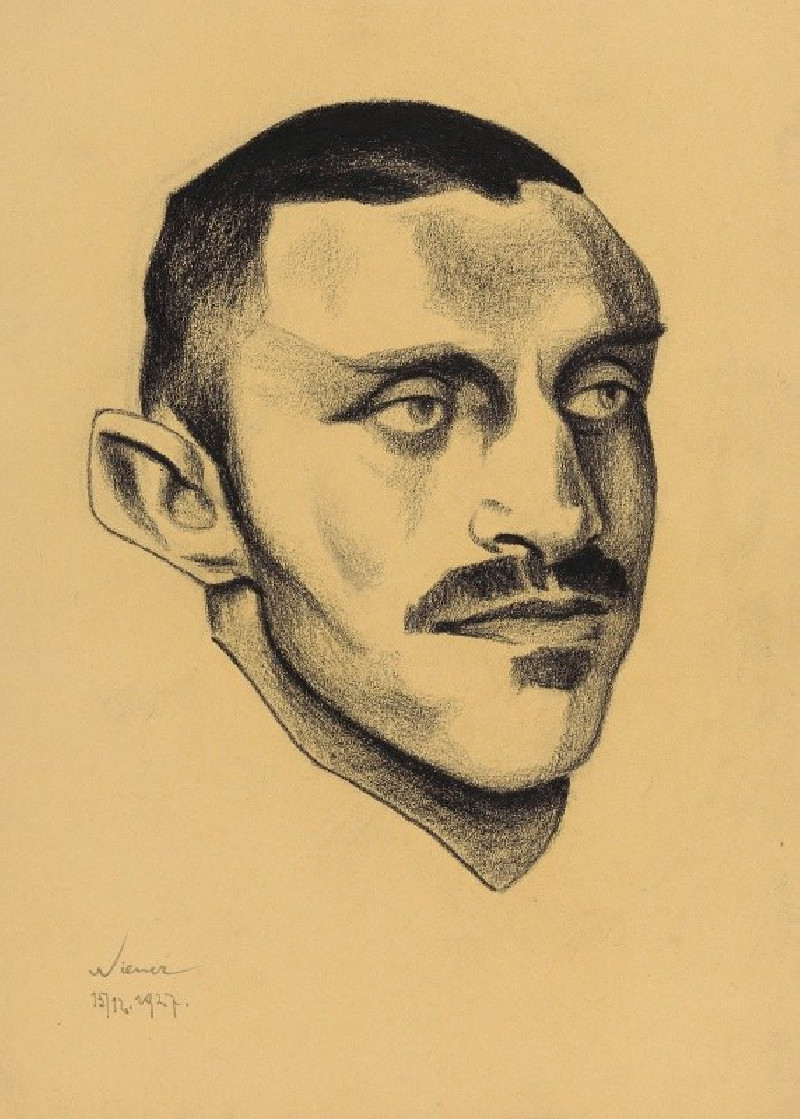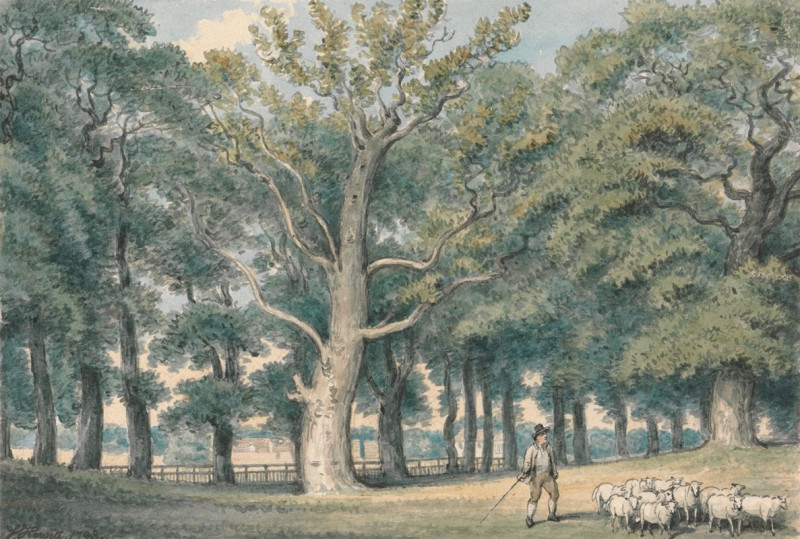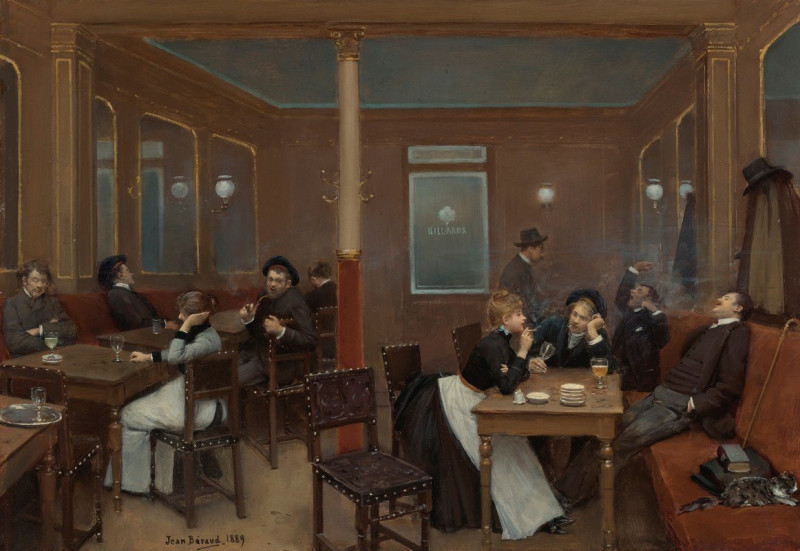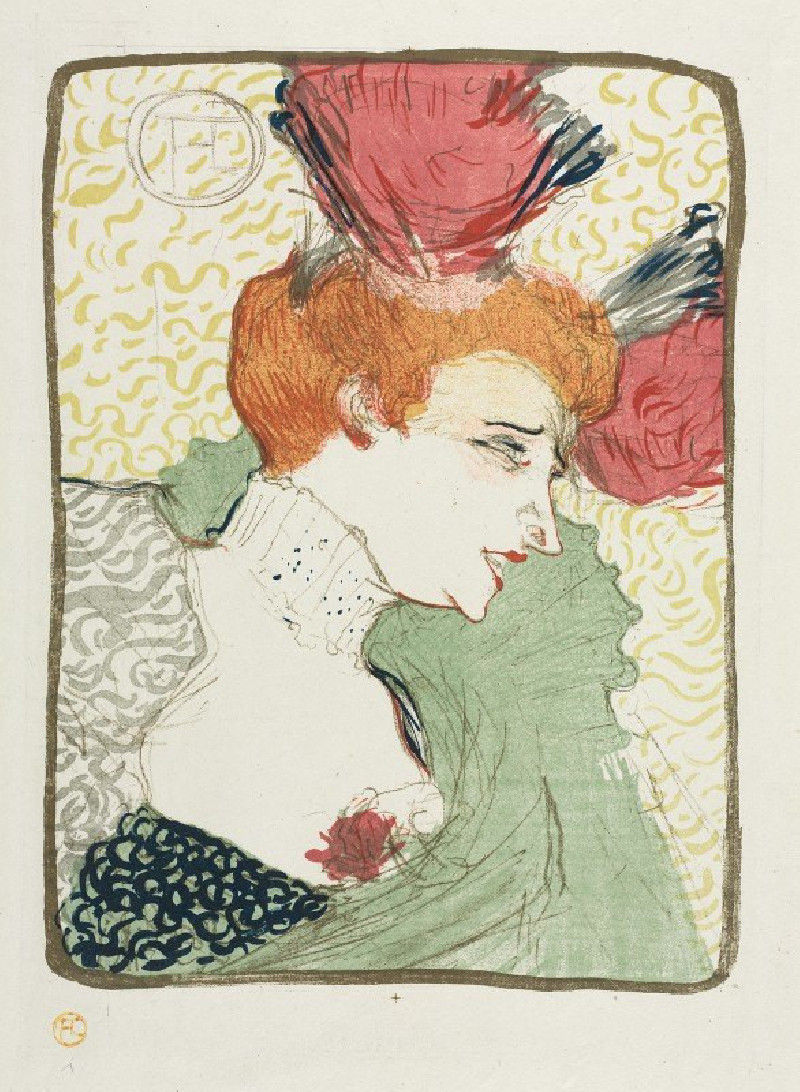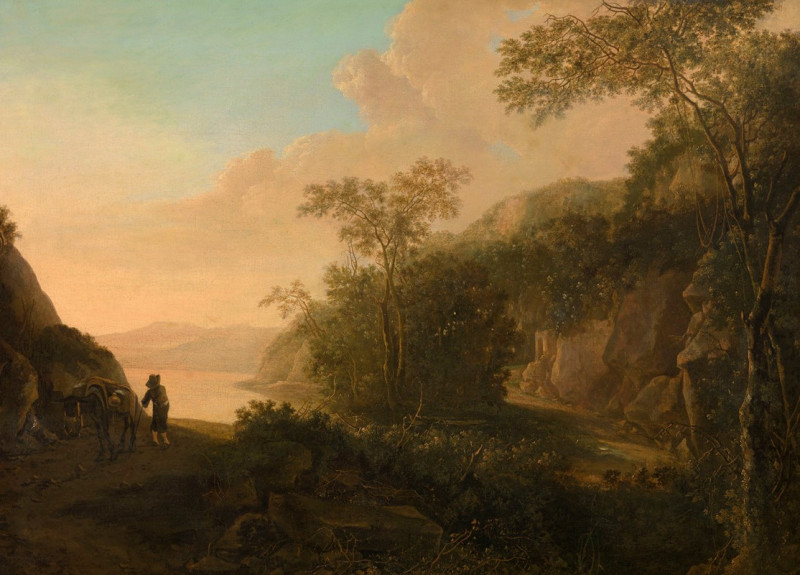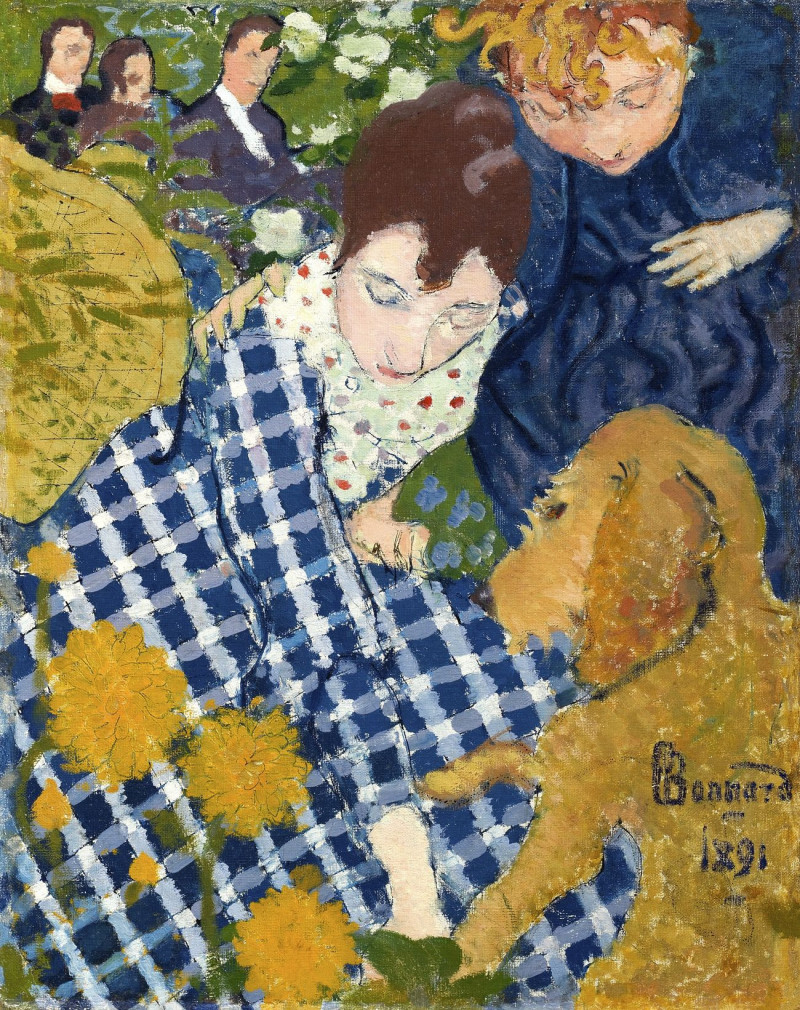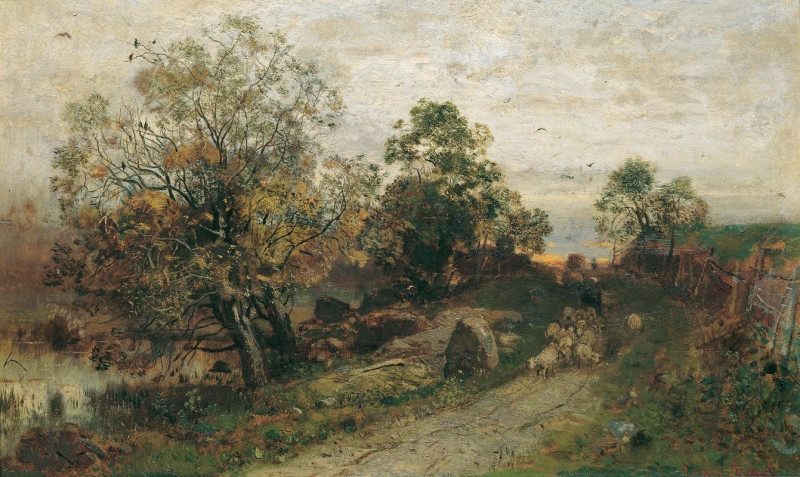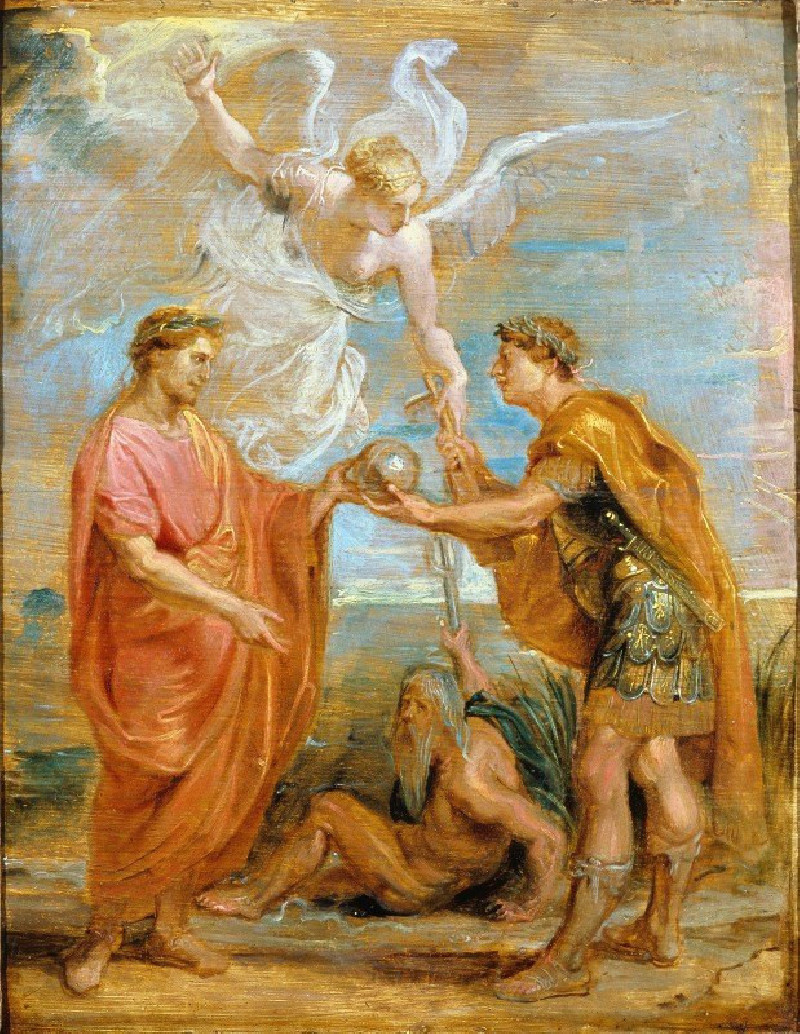Old town (overview) (1928)
Technique: Giclée quality print
Recommended by our customers
More about this artwork
In this captivating watercolor painting titled "Old Town (Overview)" by Paul Klee, created in 1928, we witness a distinctive, abstract exploration of urban landscape and architectural forms. Klee, known for his unique blend of surrealism, cubism, and expressionism, brings forth an innovative perspective on the traditional cityscape.The painting features a series of horizontal color fields that progressively transform from deep blues at the top to warmer hues of yellow, pink, and violet moving down the canvas. This gradation of color could be interpreted as a depiction of different times of day or atmospheric conditions overlaying the town.Klee has employed a pattern of shapes across these bands, suggesting architectural elements like roofs, windows, and possibly marketplaces or gathering spots within the town. The repetition and rhythm of these patterns imbue the piece with a musical quality, a hallmark of Klee’s work that reflects his belief in the synthesis of visual art and music.The lower part of the composition, marked by denser, overlapping geometric forms, might symbolize the bustling life of the old town or the layered history embedded in its architecture. With its dreamlike essence and abstract representation, Klee challenges the viewer to look beyond the obvious and find personal meaning in the patterns and colors of the painting.This piece, both mesmerizing and intricate, invites admirers to explore the complexities of a cityscape transformed into a magical vision, capturing not only the appearance but the soul of the old town.
Delivery
Returns
Paul Klee was a Swiss-born German artist. His highly individual style was influenced by movements in art that included expressionism, cubism, and surrealism. Klee was a natural draftsman who experimented with and eventually deeply explored color theory, writing about it extensively; his lectures Writings on Form and Design Theory (Schriften zur Form und Gestaltungslehre), published in English as the Paul Klee Notebooks, are held to be as important for modern art as Leonardo da Vinci's A Treatise on Painting for the Renaissance.

































